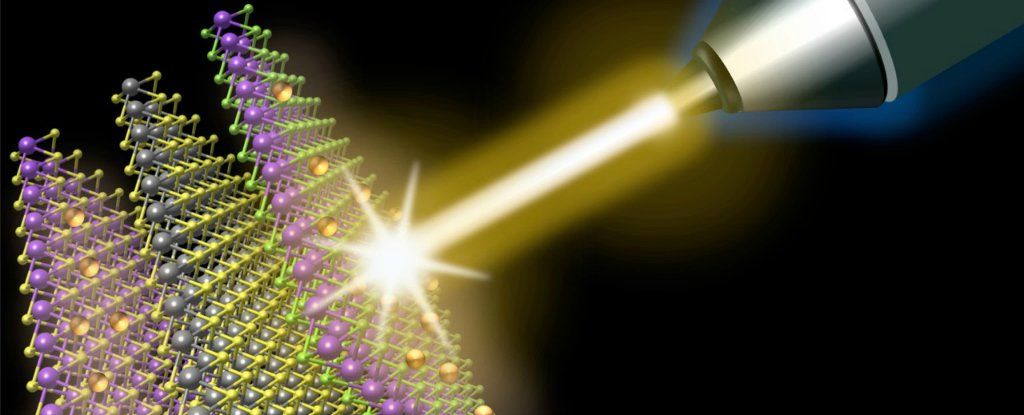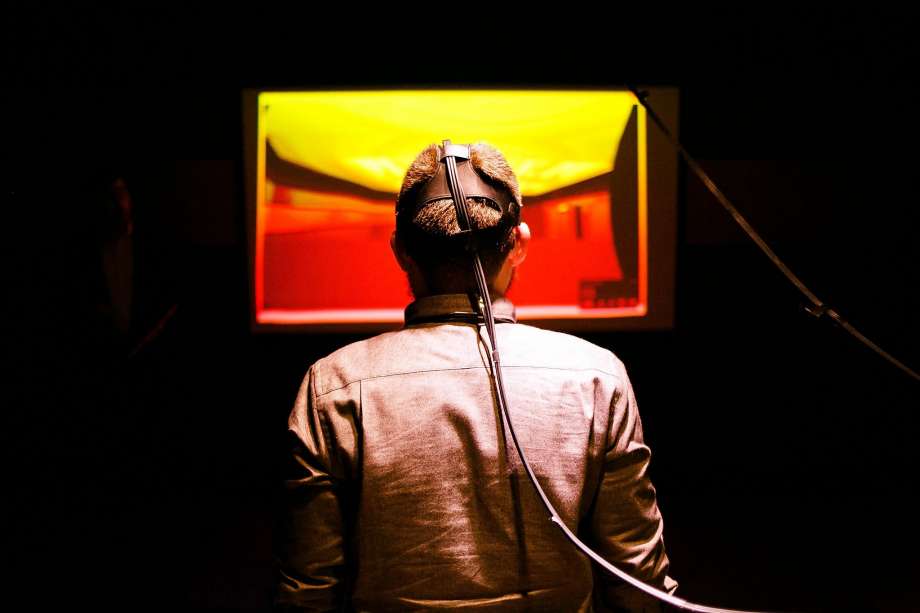What the proposed Trump budget might mean for scientific funding and especially rejuvenation biotechnology.
What could the proposed Trump budget mean for rejuvenation biotech?


NVIDIA lined up quite a few partners at CES this year, including Audi and Mercedes, to use its powerful upcoming Xavier chip in autonomous vehicles. But days ago, Intel bought MobilEye for $15 billion to develop self-driving software and hardware to use across auto brands. To compete, automotive supplier Bosch announced a partnership today with the graphics chip maker to collaborate on an AI-powered self-driving computer intended for mass-market cars.
MobilEye corners about 70 percent of the market to supply integrated cameras, chips and software for advanced driver assistance systems (ADAS). As Bosch directly competes with the company, the NVIDIA partnership is a deeper commitment to continue building their tech in-house. The graphics chip maker introduced its upcoming Xavier processor to power the self-driving systems of tomorrow back at CES, but partnering with the automotive component giant can help get the chip into automakers’ cars at scale. The companies are aiming to release their self-driving computer system in 2020, according to Reuters.

Scientist have spotted a strange type of quantum movement occurring in electrons travelling between the atomic layers of a material.
Instead of travelling from the top to the bottom layer through the middle, the electrons were caught disappearing from the top layer and reappearing in the bottom letter a fraction of a second later — with no trace of them existing in between.
“Electrons can show up on the first floor, then the third floor, without ever having been on the second floor,” said lead researcher Hui Zhao from the University of Kansas.

The workplace is going to look drastically different ten years from now. The coming of the Second Machine Age is quickly bringing massive changes along with it. Manual jobs, such as lorry driving or house building are being replaced by robotic automation, and accountants, lawyers, doctors and financial advisers are being supplemented and replaced by high level artificial intelligence (AI) systems.
So what do we need to learn today about the jobs of tomorrow? Two things are clear. The robots and computers of the future will be based on a degree of complexity that will be impossible to teach to the general population in a few short years of compulsory education. And some of the most important skills people will need to work with robots will not be the things they learn in computing class.
There is little doubt that the workforce of tomorrow will need a different set of skills in order to know how to navigate a new world of work. Current approaches for preparing young people for the digital economy are based on teaching programming and computational thinking. However, it looks like human workers will not be replaced by automation, but rather workers will work alongside robots. If this is the case, it will be essential that human/robot teams draw on each other’s strengths.

Billionaire entrepreneur Mark Cuban’s prediction for the future of the workforce includes more robots and less human workers.
“We’re about to go into a period with artificial intelligence, machine learning, deep learning, those things where we literally are going to see a change in the nature of employment,” Cuban said in an interview with CNN’s Jake Tapper.
In that same interview, he criticized President Trump’s leadership skills before calling Trump “technologically illiterate.”

““I see a much larger opportunity for collaboration, not just between the universities, but between the universities and the industry.””

“While most people focus on the compute and graphics requirements for virtual reality, storage is the bigger problem going forward.”

